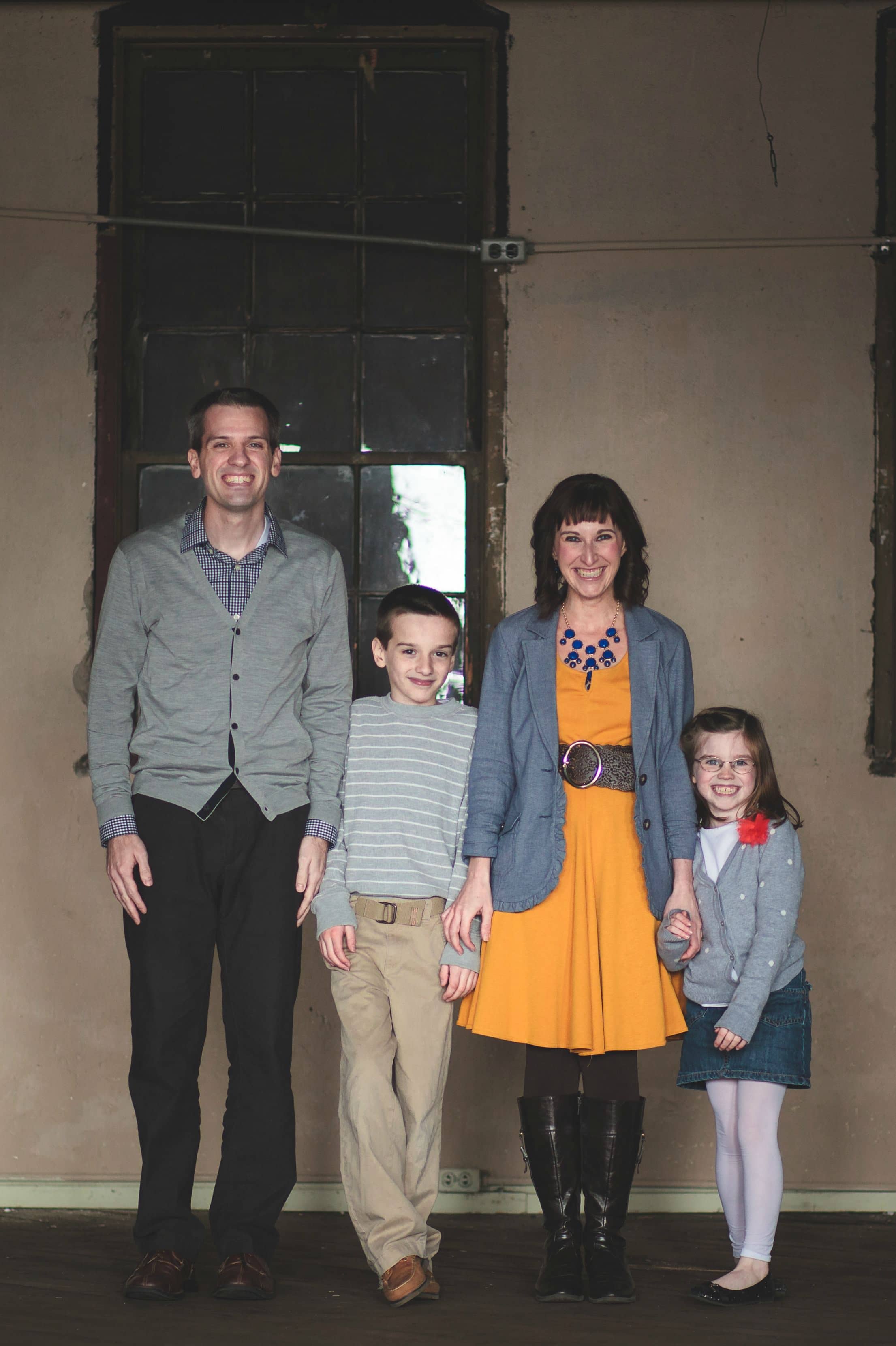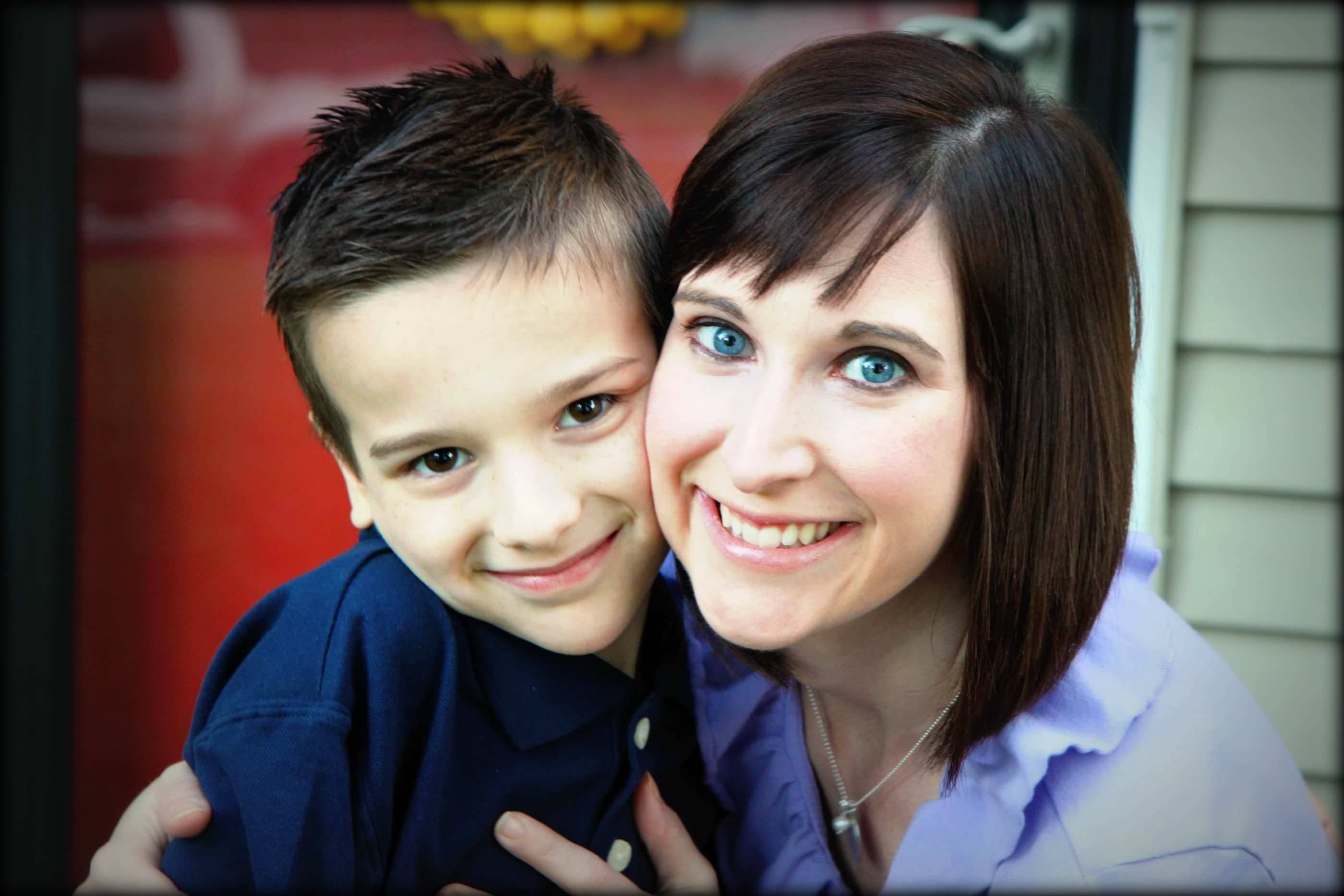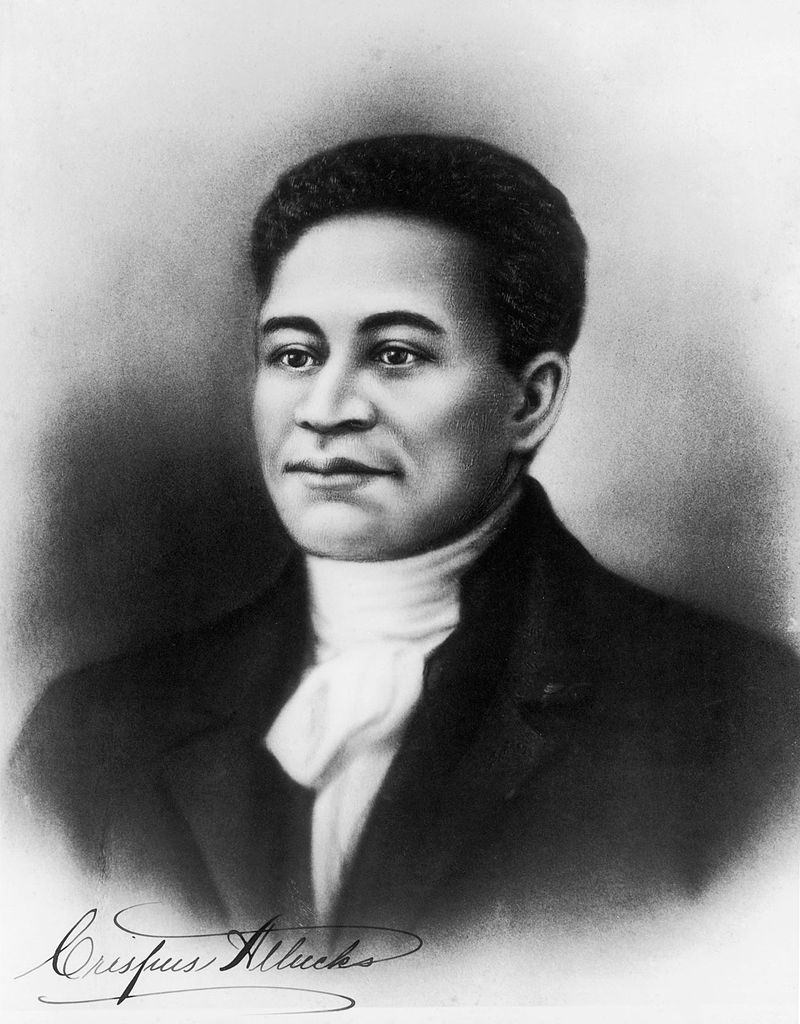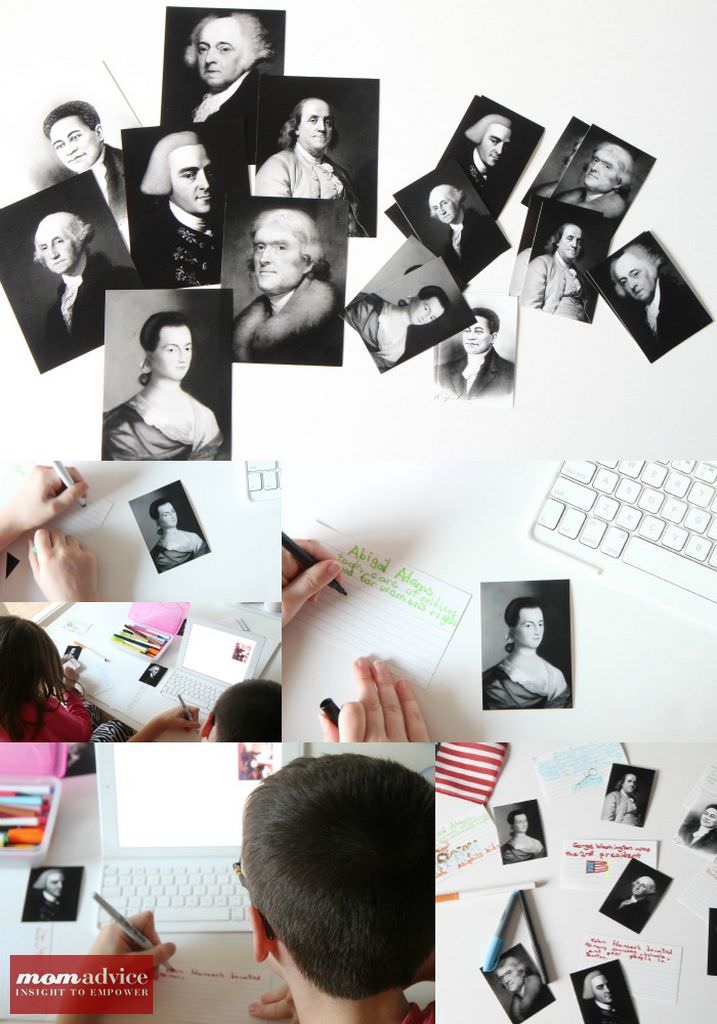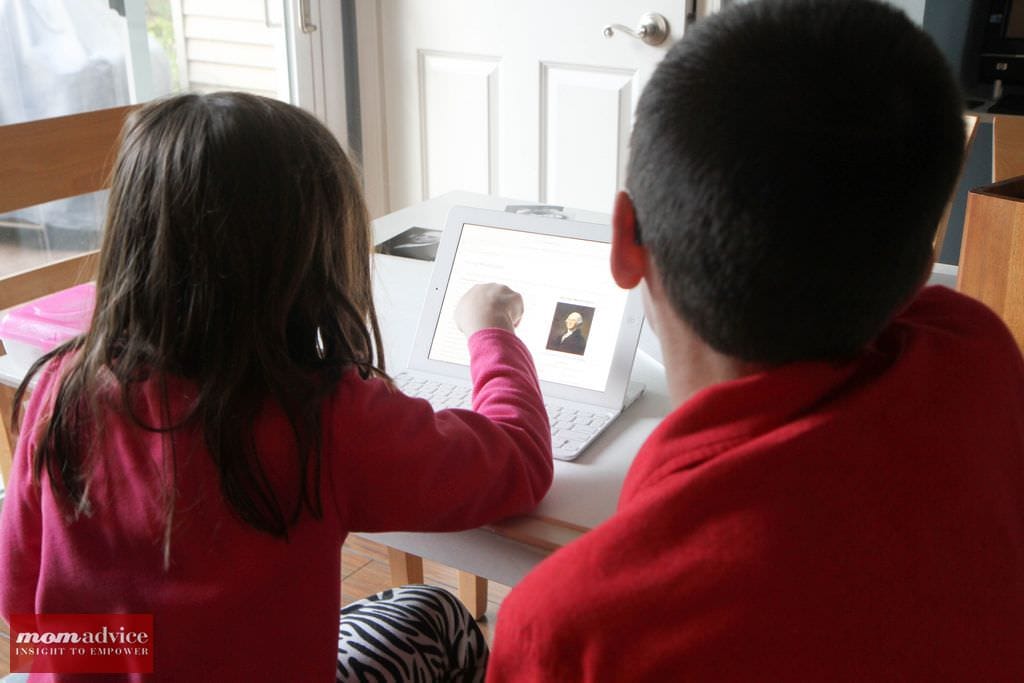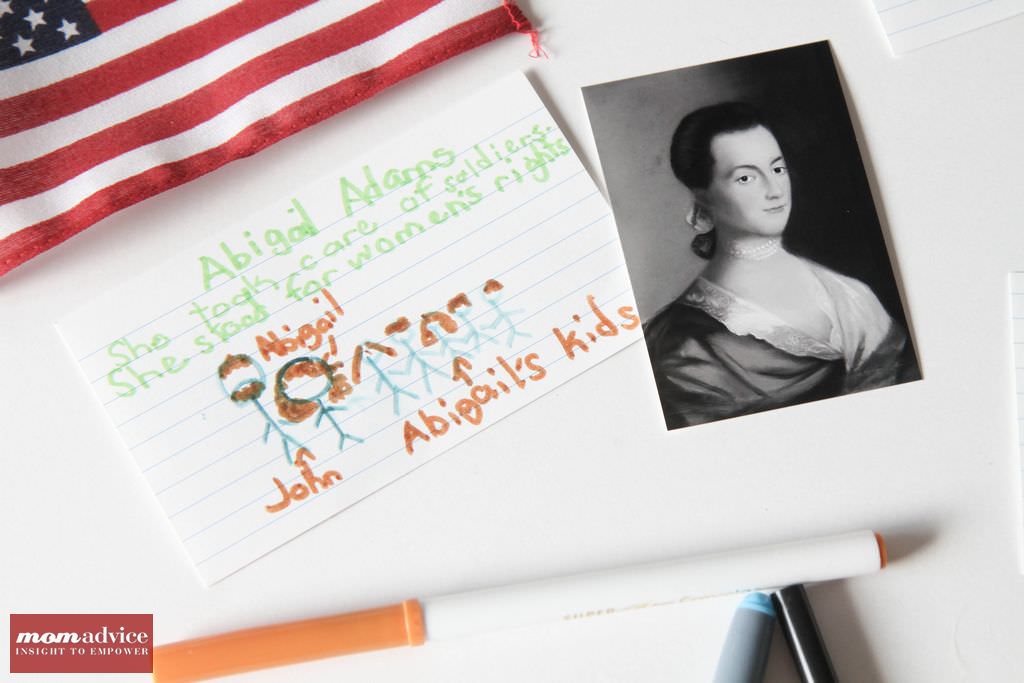
With my son’s blessing & permission, we are sharing our story of what is like to have & be the parent of a child with ADD in this continuing series. To read Part One of our diagnosis story, click here. Part 2 continued the diagnosis and treatment process! Today we tackle working with the schools! We welcome your comments and hope our story helps other families facing the same challenges.
I think one of the biggest challenges for me as a parent wasn’t just the treatment process, but more the stigma and worry about what having a label like ADD can do. Before we dealt with this, I had always thought of this as kids being crazy (and probably indulging in too much sugar), but ADD/ADHD can be so different for each kid. Maybe you had an idea for that label too? It isn’t always necessarily hyper kids- I don’t think I would have identified my child as that. In each child, it looks a little differently with similar characteristic traits.
Today I want to talk about how we tried to set Ethan up for success at school. I already told you, this kid is SMART (he gets it from his daddy!), but we needed to get certain tools and people in place to help him be the star that we know he is!
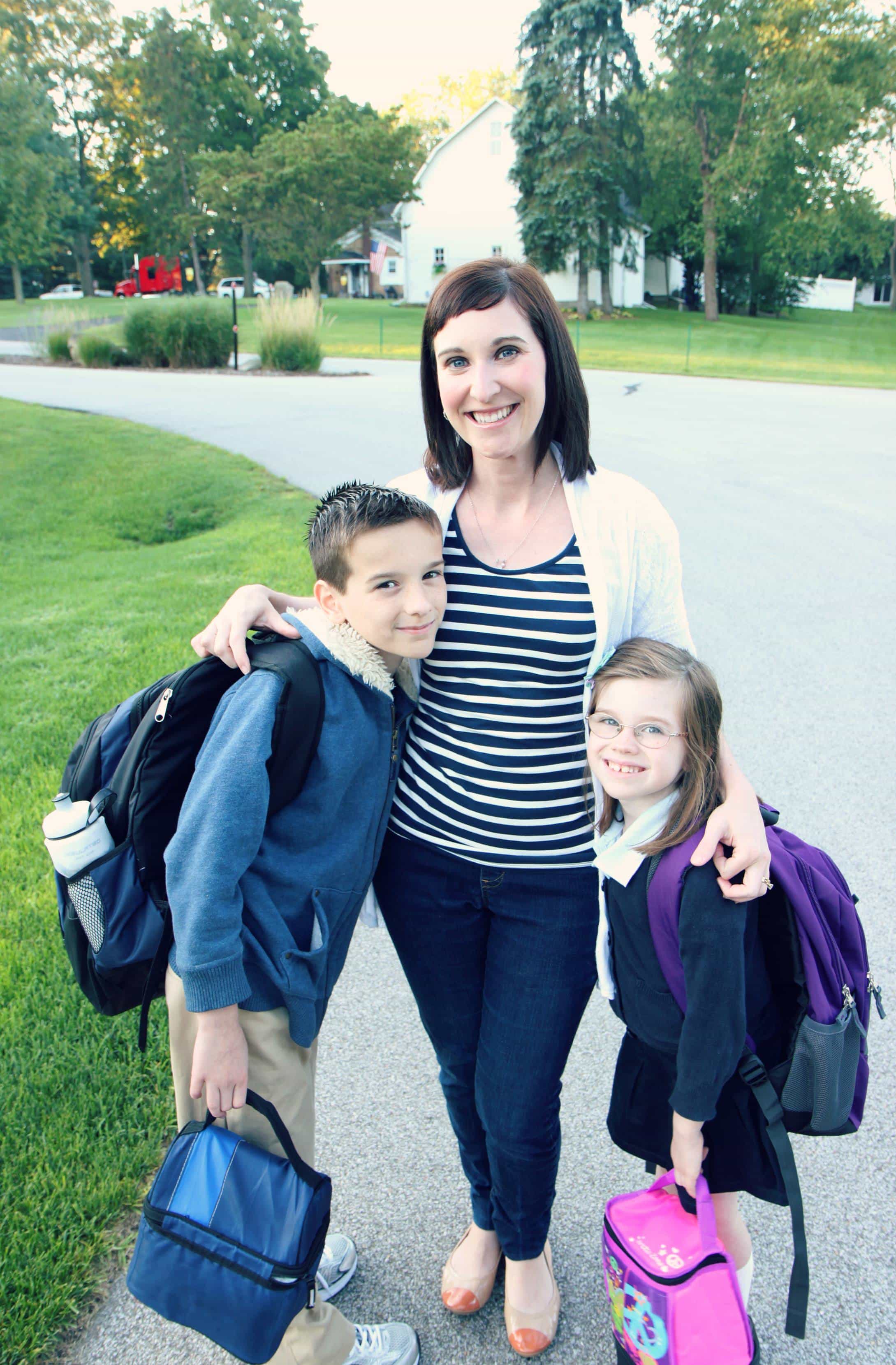
Start Talking Early
We knew that Ethan was struggling at school and we felt like we needed to let our teacher know that we were working really hard to improve things for him and hopefully for her too! I set up a meeting with the principal and his teacher and tearfully explained that we were working with our doctor and were in the process of figuring things out and asked for a little patience until we had some answers. They both were genuinely kind and sympathetic as we were floundering to figure out how to help Ethan. Looping them in early bought us a little grace during the diagnosis process because they knew we were trying very hard to make things better for all the parties involved.
Once we had a diagnosis, we were able to begin making the accommodations necessary through our public school system and our principal explained how we could get a 504 for Ethan in place once we had this paperwork. Depending on your needs, you may need an IEP or a 504. If you are trying to figure out what you need, I love this table that breaks down what each of these means on Understood (a great resource for parents!). At times, with speech services we needed an IEP. When speech was dropped, we just needed the 504. It depends on what type of accommodations your family needs to determine which type of paperwork is filed.
What The Heck is a 504?
Once we had the official paperwork from the testing with our diagnosis, we put a plan in place for Ethan. We set up a meeting with the principal, his teacher, and with someone who could set up something called a 504 plan for him. A 504 is basically a blueprint or plan for how a child will have access to learning at school that is written together. It provides services and changes to the learning environment to meet the needs of the child as adequately as other students and is provided at no cost to you.
Here is the thing… I did not want to ask for special favors or inconvenience our teacher, but I knew that there were things that really needed to happen so that Ethan could perform successfully at school. It pained me to ask for “favors” (I am a big people pleaser and hate being a bother to people), but I knew this could help him so much!
Our 504 has pretty much remained the same since elementary school with a few tweaks here and there for his accommodations.
We Need To Be In the Loop- Our biggest issue was that we felt in the dark about what needed to happen during the day and if the teacher needed something from us. We asked that Ethan write in his agenda daily what needed to happen and requested the teacher initial to verify everything so we weren’t missing important papers and deadlines anymore. We also asked that any further communication that she wanted to do with us also was on the agenda so we could be sure not to miss anything.
We Need Access to Quiet Spaces Sometimes- Some classrooms are rowdier than others. He had a hard time focusing when there was a lot going on and we wanted to be sure that he could take advantage of a quieter room if he needed it. This is something we only have cashed in on once, but it’s nice to have in place.
We Asked for A Little Grace on Late Papers- This is never to be abused, but sometimes our disorganization has caused us to be late on assignments. We just asked for grace, particularly transitioning into our new school routines since having zeros for late assignments could really lower his grades.
We Need Extra Time At the End of the Day- This was particularly important as we headed into middle school so that he had enough time to get his books and papers gathered and organized before getting on the bus. That extra 5-10 minutes made an enormous difference in our organizational level and our grades. I think this was the best thing we asked for!
Where Does the 504 Go?
For us, one of our biggest transitions was going from an elementary school setting to a middle school setting. Although we had communicated with his teachers that he had ADD, we did not know that we need to communicate with the middle school that he had a 504 from elementary school and that we wanted to make sure everything was set with it moving forward into our new school. If there is one thing we learned through this process, we learned that we need to check in every year about this and make sure that it is communicated with his teachers. The first year of middle school taught us a lot about making requests known as we were struggling to even pass because the accommodations weren’t there.
What ends up being the difference in the grades if the 504 is not addressed?
We went from barely pulling C’s to High Principal’s Honor Roll!
That’s an incredible difference for a child and for their family.
It’s also an incredible difference in my child’s confidence about himself.
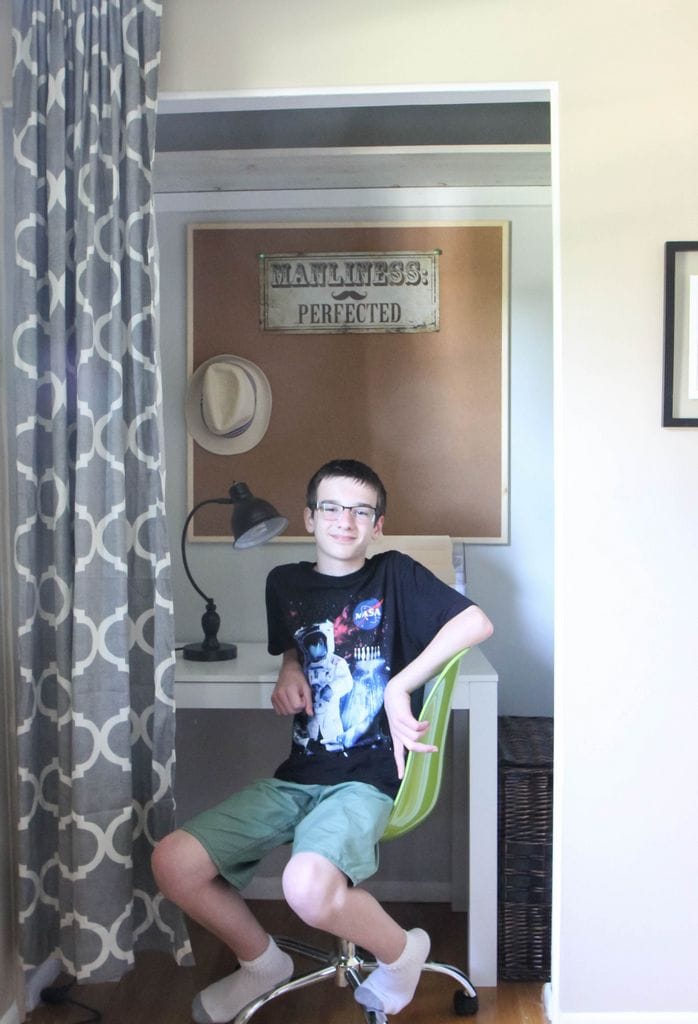
How Can I Continue Making His Day Better?
Not only do we have the 504 in place for Ethan, but we take advantage of anything that the school offers that can continue improving those grades and helping him feel confident.
Confidence is such an important thing for a kid.
When our middle school offered free tutoring, we took advantage of that so he could stay after school and tackle that homework with help. We found that he was more productive in that environment than he was riding the bus trying to work on his homework when he got home.
We also looked into ways that he could burn off energy in a positive way. We were lucky enough to have gotten the scoop on cross country in middle school from another mom and this helped Ethan burn off some energy and be a part of a team that really fit with his personality. I love that his coach focuses on each child doing their own personal best and that he has managed to find fun ways to encourage my child to run with a system of great rewards that Ethan finds motivating. We also love that running is an activity he can always do when he needs to burn off a little steam at home. What a great gift!
I wrote a special note to his coach to thank him for all he does to encourage our son because it has meant so much to us and to Ethan. His positive influence has been a big gift to our family.
How Can I Set My Kid Up for Success?
Success at school starts at home. I can do all of these incredible things for him through the people he interacts with at school, but if I am disorganized at home, those repercussions follow Ethan and make his day hard. It’s a team mentality and I struggle each year as the new school year starts. I can barely keep myself organized most days, let alone stay on top of someone else’s stuff too!
As a parent, I have to make sure that I communicate with his teachers from day one, I have to make sure the appropriate paperwork is filed on his 504, and I have to be the one to stay on top of everything with his homework and projects.
Being organized at home is important because it can be the difference between a good day and a bad day for my son.
As he gets older though, I am trying to push a little more back to him. Someday he will be an adult and he won’t have a mom setting everything up for him in his workplace and in his home. I want to raise a self-sufficient child so I have to do my part to help him do that. Sometimes he will do great with it, sometimes he won’t.
We don’t expect perfection, we are proud of him for trying and doing the best he can.
We certainly aren’t perfect either.

The Nagging Mom Transformation
I needed to work on my nagging as much as Ethan needed to work on better habits.
In the morning, the routine was the same:
Do you have your papers?
Did you get your agenda signed?
Did you do your homework?
Do you have your gym clothes?
(said in a nagging mom voice)
I started utilizing a checklist that I would sit by his backpack to go through and would just remind him to check his checklist in the morning instead of the daily nag. I turned off my own distractions and just focused on a good breakfast and building that kid up at the bus stop. I made more time for hugs and less time for Facebook-checking. I tried to tell him one thing I was proud of him each day. All of this has become such a part of my routine that I don’t think about it anymore.
I don’t think this makes me an amazing mom and I don’t say this to brag, I just say this because part of the transformation of this diagnosis is the transforming I had to do on myself. I had to see the psychologist so I knew how to respond to my child better. I have to invest the time monthly in check-ups and making sure his medical needs are addressed. I have to communicate with the school staff so they know I care. I have to make room in our schedule for activities that make my son feel confident.
It has all been worth it.
Every.
Single.
Moment.
I hope that sharing this story offers some encouragement to you. As a blogger, there is a difficult balance that we have to deal with when sharing about our families. I shared this because I felt so very alone in this process and I know our story can help others.
If you are working through this with your child, I want you to know that you are not alone and that you are a good mom.
The process of discovery, diagnosis, and treatment can be transformative for a family.
Your process might look different than mine or you might explore other avenues than we did. Each family must figure out what works best for them.
I have found I was a much harsher judge of other moms before this experience. Now I just look at all of our different paths (with all those winding turns) and say, “I am so proud of you for doing what’s best for you!”
If there is anything I have learned from this experience it is that it takes a village.
I am so thankful for mine.
xoxo

